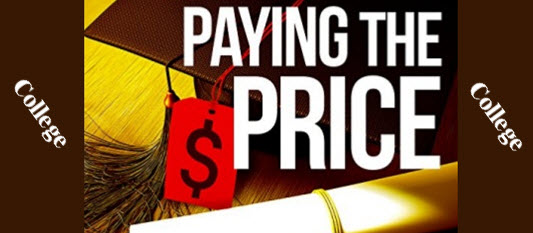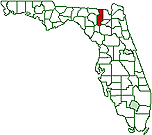Today’s College Students Are Paying More for Less America Can Do Better
Posted September 10, 2018 09:15 am | Op-Ed

 Despite
the soaring costs of attending American colleges and
universities, students are receiving an education that
falls far short of the one experienced by earlier
generations.
Despite
the soaring costs of attending American colleges and
universities, students are receiving an education that
falls far short of the one experienced by earlier
generations.
The sharp increase in costs is clear.
Between 1978 and 2013, American college tuition rose by 1,120 percent, and became the major source of revenue for higher education. Traditionally, most public colleges and universities had no tuition or very low tuition. Faced with severe cutbacks in government funding from conservative state legislatures, public colleges and universities adopted tuition systems or dramatically raised tuition.
Today, at the University of California/Berkeley, which, like the rest of the University of California system was tuition-free until the 1980s, the total yearly cost for tuition, room, board, books, and related items is $36,015 for an in-state student and $64,029 for an out-of-state student. At the State University of New York/Albany, tuition-free until 1963), the total annual cost for an in-state student is $26,490 and for out-of-state student is roughly $43,000.
The costs at private colleges are even higher. Today, Harvard estimates the total annual expenses for its students at $67,580. At Columbia, the estimated annual expenses for students have climbed to $74,173.
This huge spike in the cost of a college education has had a devastating effect upon educational opportunity. Unable to afford college, many young people never attend it or drop out. Studies have found that the primary reason young people cite for not attending college is its enormous cost.
It is estimated that three out of four recent college graduates have borrowed to cover their college costs, incurring a debt averaging nearly $40,000 each. As a result, American student loan debt now totals $1.5 trillion.
Education is Deteriorating
Meanwhile, education is deteriorating. Young people who can still afford to attend a college or university are increasingly being deprived of a broad liberal arts education and channeled instead into narrow vocational training programs.
This June, the American Association of University Professors issued an appeal calling for the protection of the liberal arts in higher education.
Governor Rick Scott has proposed singling out liberal arts majors and charging them higher tuition at state universities. Wisconsin’s Scott Walker has proposed dropping the goals of “search for truth” and “improve the human condition” from the University of Wisconsin’s mission statement and substituting: “meet the state’s workforce needs.”
Many students are taught in vast lecture halls and have little or no access to faculty members. Administrative efforts to dispose of tenured and tenure-line faculty, adjunct and other contingent faculty now constitute 76 percent of the nation’s college teachers. Student contact with human beings will be further reduced in the future, as MOOCS (massive online open courses) are substituted for courses taught in classrooms.
The mistreatment of students is most advanced at America’s for-profit colleges and universities. These private enterprise institutions, often owned by giant banks and investment firms, underwent a surge of growth that started in the 1970s and probably reached its peak from 2007 to 2009, when they numbered nearly 1,000 and could boast about 2.4 million students. Enrolling large numbers of first generation, low-income college students, they became notorious for deceptive student recruitment practices, misleading claims about program credentials, high student debt and default rates, and inferior educational and employment outcomes.
The largest for-profit school, the University of Phoenix claimed an enrollment of 600,000 in 2010 and incurred numerous government fines and payments to students, who sued it for shady admissions and educational practices. By 2017, its enrollment (like that of its for-profit counterparts) had declined substantially. Nevertheless, it continues operations today, with 95 percent of its faculty teaching part-time, adjuncts receiving approximately $1,000 to $2,000 per course, and student debt totaling $35 billion―the highest in the United States.
Corporate investors in the for-profit university system can take heart at the election of Donald Trump, who himself founded a for-profit educational entity, Trump University, an operation that ultimately cost him $25 million to settle lawsuits for fraudulent practices.
Betsy DeVos, President Trump’s choice for U.S. Secretary of Education, scrapped two Obama-era government regulations for the industry during her first months in office. In the first she eliminated the cut off U.S. government funding to programs that performed poorly; the second made it easier for students defrauded by for-profit schools to wipe out their loan debt.
Secretary DeVos also appointed a former administrator from DeVry University, previously heavily-fined by the federal government for fraudulent operations, to police fraud in higher education.
America can do a better.
---------
Lawrence Wittner, Ph.D.,syndicated by PeaceVoice, is Professor of History emeritus at SUNY/Albany. His latest book is a satirical novel about university corporatization and rebellion, What’s Going On at UAardvark?.
Graphics and layout added by the Observer
This piece was reprinted by the Columbia County Observer with permission or license.
